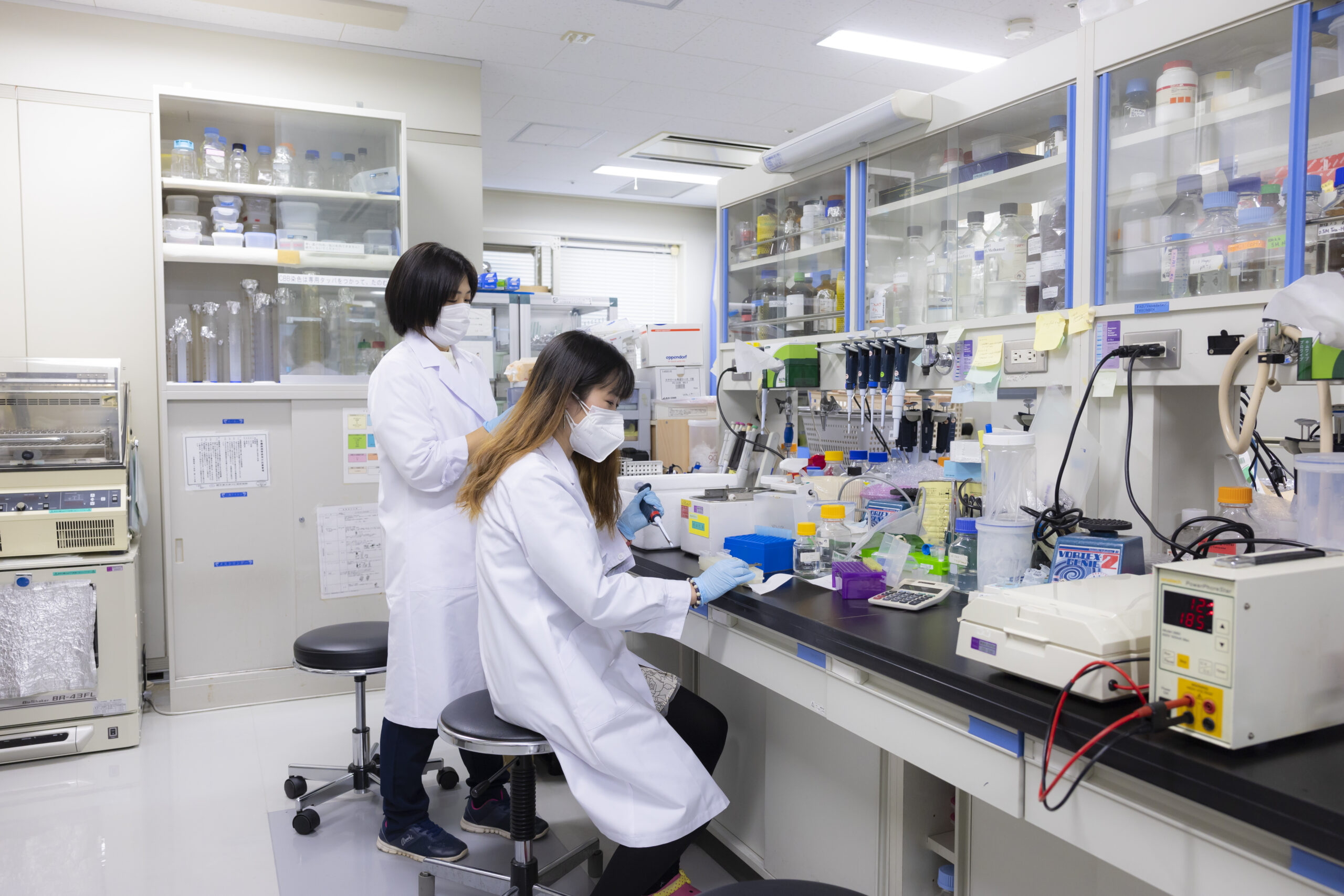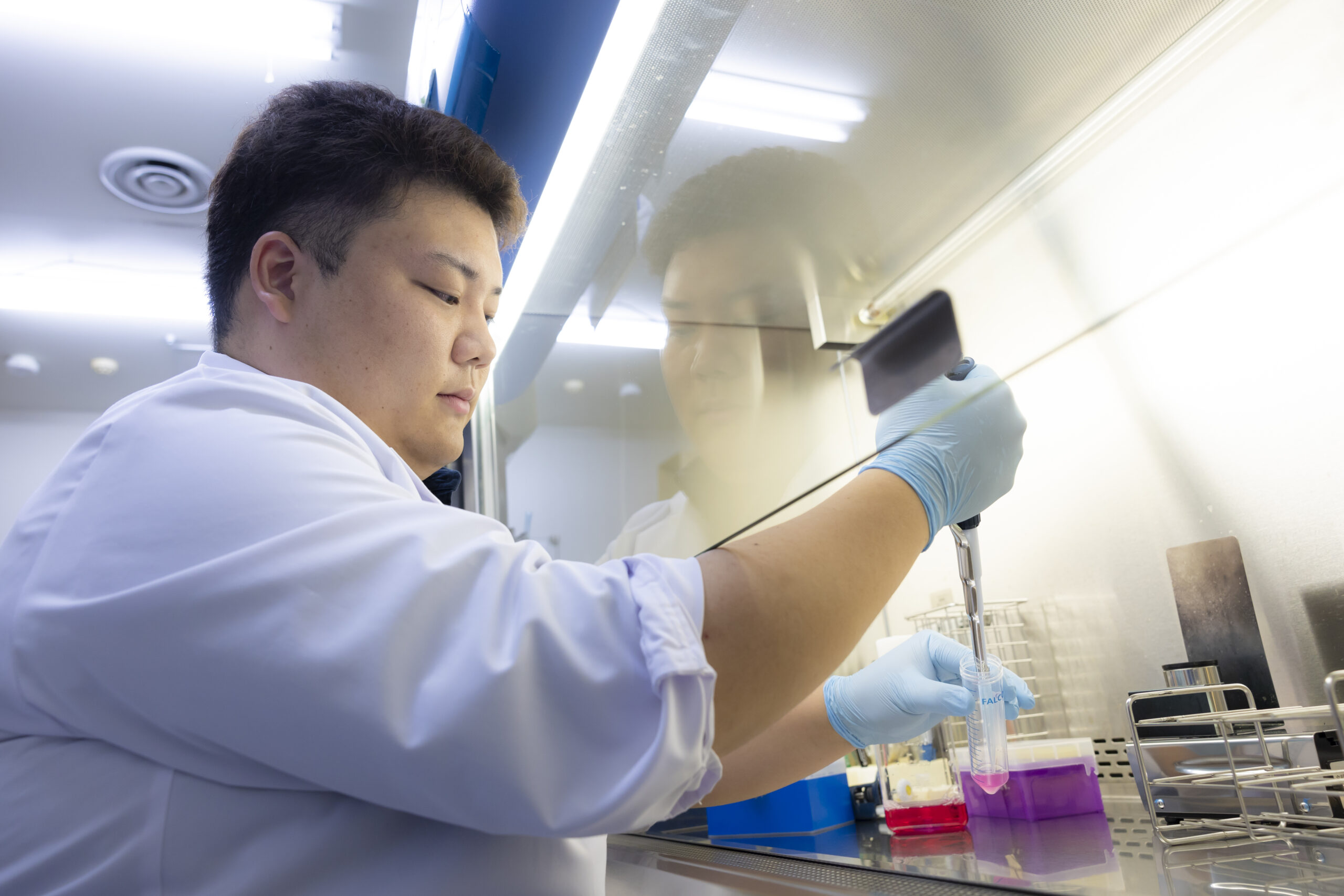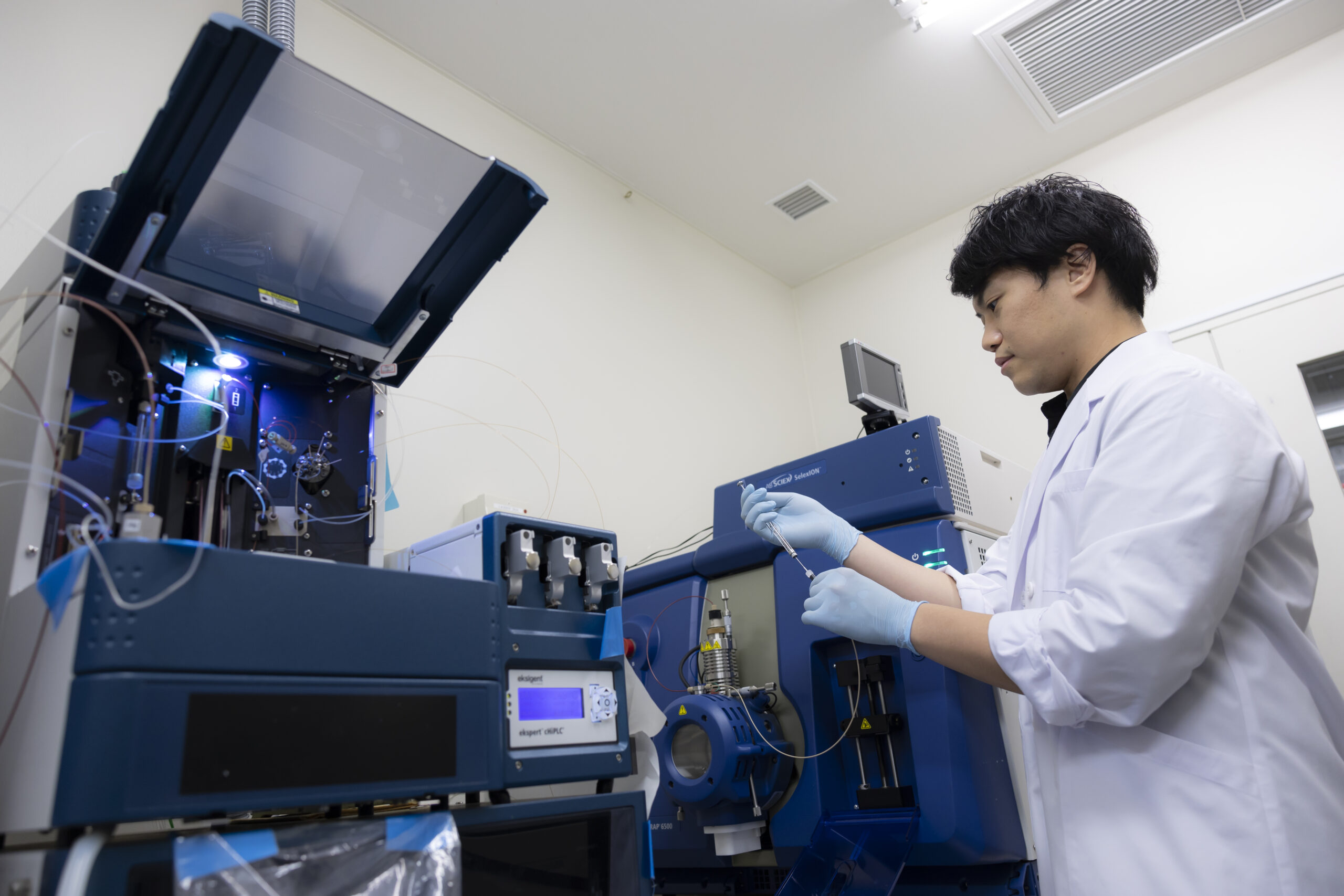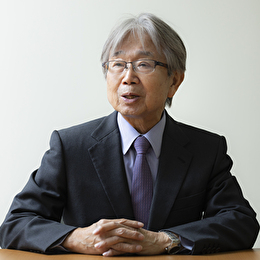
Exploring the Impact of Environmental Factors, Gender Differences, and Itch: A Unified Approach to Basic Science and Clinical Research
Institute for Environmental and Gender-Specific Medicine, Juntendo UniversityDr. Kenji Takamori

Exploring the Impact of Environmental Factors, Gender Differences, and Itch: A Unified Approach to Basic Science and Clinical Research
In 2002, the Institute for Environmental and Gender-Specific Medicine was established as the research center for investigating the impact of environmental chemicals on the human body. Combining basic and clinical research, the institute has been focused on four key areas: “environmental factors (environmental pollutants) and biological responses,” “disease-related gene mutations and environmental factors,” “gender-specific medicine and environmental factors,” and “mechanisms underlying intractable itch onset, along with the development of prevention and treatment strategies.” Under the leadership of the Director of the institute, Professor Kenji Takamori, the institute has become a global leader in itch research, advancing both scientific understanding and therapeutic solutions.
Environmental pollutants are known to impact human health in various ways. However, much remains unclear, including the mechanisms through which diseases arise due to exposure to these substances and environmental changes. Addressing these unknowns is critical for safeguarding the health of future generations.
Situated within Juntendo University Urayasu Hospital, the institute capitalizes on its location to integrate researchers from basic and clinical medicine, fostering interdisciplinary collaboration. This synergy facilitates a virtuous cycle: clinical symptoms inspire molecular-level investigations, and the resulting insights are rapidly translated into clinical applications. The institute’s interdisciplinary approach integrates dermatology, biochemistry, immunology, neuroscience, and pharmacology to explore the effects of environmental factors on human health. Equipped with advanced equipment, such as confocal microscopes and mass spectrometers, the institute employs methodologies ranging from epidemiology to proteomics to investigate the impact of environmental factors, gender-specificity, and itch and advance innovative treatments.

In 2019, the institute inaugurated the Juntendo Itch Research Center (JIRC), the first research facility in Japan and Asia dedicated to studying the mechanisms of itch. JIRC became the seventh itch research center in the world, following four in the United States and two in Germany.
The skin, constantly exposed to environmental factors like low humidity, is highly affected by its surroundings, with dryness commonly causing itch. Historically, itch was dismissed as a minor form of pain in medical research. However, recent studies have demonstrated that itch and pain arise from distinct processes, and persistent itch can significantly impair motivation, concentration, and productivity. JIRC aims to unravel the complex causes of chronic itch, particularly in conditions like atopic dermatitis. Antihistamines effectively treat histamine-driven itch but provide limited relief for itch caused by dryness or environmental toxins. JIRC is at the forefront of identifying new mechanisms of itch and discovering therapeutic targets to address these elusive forms of chronic itch.


The institute has focused on uncovering the mechanisms behind intractable itch associated with various conditions, particularly atopic dermatitis and dry skin, where antihistamines prove ineffective. These efforts include the development of new antipruritic medications.
The skin serves as a barrier, preserving moisture and lipids. When skin becomes dry—often due to environmental factors such as low humidity—sensory nerve fibers in the skin are activated, leading to persistent itch. Further investigation revealed that certain nerve fibers (C fibers), extending from the epidermal-dermal boundary to the skin’s surface, play a key role in heightened sensitivity to external stimuli, exacerbating itch and opening new avenues for therapeutic research.
In addition, the research team has identified key molecules such as nerve growth factor (NGF) and semaphorin 3A (Sema3A), that are involved in nerve growth and their relationship to itch. One promising development is the use of synthesized Sema3A in an ointment, which has shown potential in preventing the extension of nerve fibers in animal models of atopic dermatitis. Although this research is still in early stages, it holds great potential for developing effective treatments. Moreover, collaborations with Juntendo University’s newly established faculties of Pharmacy and Health Data Science, are expected to accelerate the translation of these findings into clinical applications.

In addition to its pioneering itch research, the institute explores the role of environmental factors in the development of allergic and autoimmune diseases. Ongoing studies focus on allergic conjunctival diseases, including common conditions such as seasonal conjunctivitis and more severe forms like vernal keratoconjunctivitis. The goal is to uncover the underlying mechanisms of these disorders and develop novel therapeutic approaches for affected patients.
The institute is also researching autoimmune diseases, such as systemic lupus erythematosus (SLE) and rheumatoid arthritis (RA). In SLE, the research team has identified abnormalities in the JAK/STAT signaling pathway, which plays a significant role in disease progression. Studies involving JAK inhibitors show promising potential for treating this condition. Meanwhile, research on RA focuses on connective tissue growth factor (CTGF), a molecule closely linked to disease progression. These findings suggest that CTGF plays a pivotal role in joint destruction, providing new insights into therapeutic possibilities.
In addition to its scientific achievements, the institute places a strong emphasis on training the next generation of researchers. By fostering a vibrant and collaborative research environment, the institute encourages the development of young talent, with particular focus on supporting women and international students. This inclusive approach has already yielded impressive results, with doctoral students, graduate students, and international researchers playing an integral role in the institute’s success.
The institute’s research areas include glycolipid-mediated immune mechanisms, which are central to immune responses and the body’s ability to recognize pathogens. The glycolipid-mediated differentiation and immune mechanisms research group has made significant discoveries on how glycolipids mediate immune functions, particularly in relation to pathogens. Their work has uncovered how certain pathogens evade immune responses, shedding light on how mycobacteria escape sterilization. Building on these insights, the group aims to develop targeted treatments for these infections.
Additionally, proteomics research is a major focus area. Through collaboration with both internal and external researchers, the proteomics team has made significant strides in identifying and quantifying biomolecules, such as peptides and bioactive lipids, using advanced mass spectrometry. These findings are expected to lead to new diagnostic tools and therapies for a variety of diseases, further enhancing the institute’s contribution to cutting-edge science.
The institute’s research has been highly successful, securing numerous research grants and producing impactful publications. From 2019 to 2022, the institute published 359 papers in English, with a cumulative impact factor of 2,289.92, reflecting its significant academic output and influence within the scientific community. The institute was recognized in 2006 by the Ministry of Education, Culture, Sports, Science, and Technology through its “High-Tech Research Center Development Project.” Additionally, its itch research was selected in 2013 for the Ministry’s “Private University Strategic Research Base Formation Support Project,” further enhancing its research environment.
The institute’s focus on training young talent has led to the recruitment of highly skilled researchers, further contributing to the institute’s success. As of 2023, the Institute for Environmental and Gender-Specific Medicine is home to 12 doctoral students, and the institute continues to welcome over ten graduate students annually, with a strong international presence. The Institute for Environmental and Gender-Specific Medicine also boasts a notable representation of female researchers, who account for 36% of its members. It is also witnessing a growing presence of young researchers and international students from Europe (notably Italy) and Asia (including China and Indonesia).
The diversity of the research team has been a key factor in the institute’s success, and this international and multidisciplinary environment continues to foster innovation and world-class research.


Director, Institute for Environmental and Gender-Specific Medicine, Juntendo University Graduate School of Medicine
Researchmap